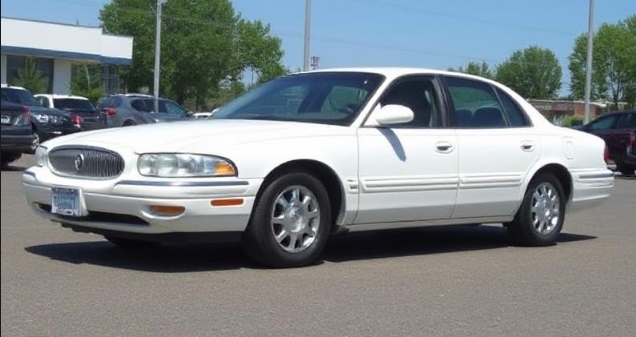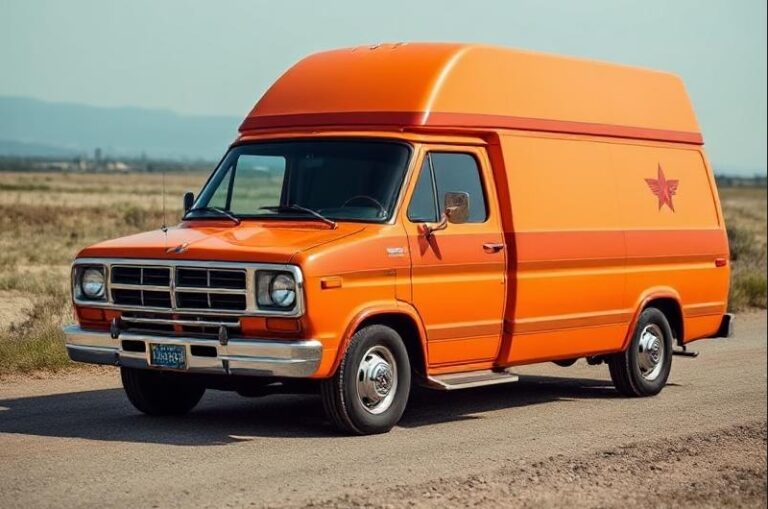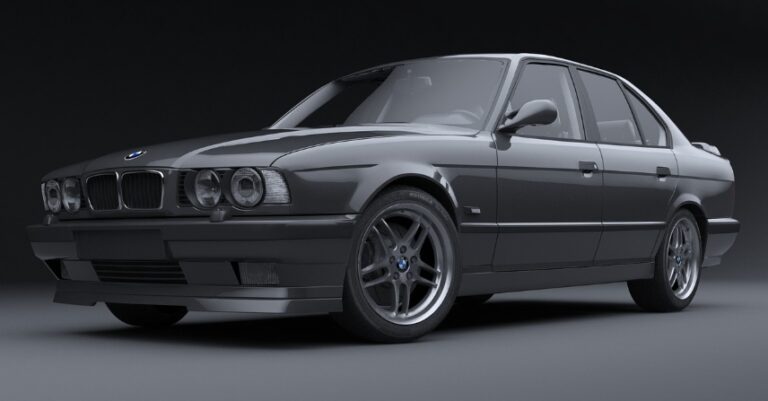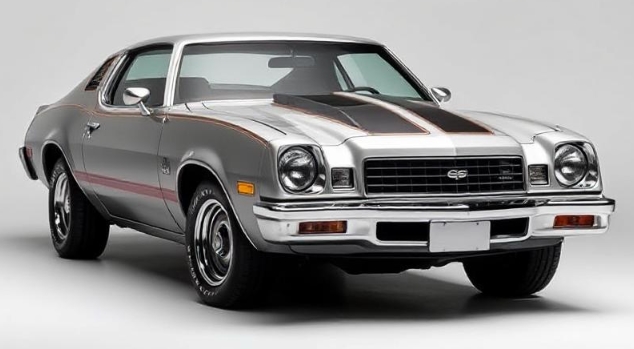The Evolution of the Fiat 1100
The Fiat 1100 holds a significant place in automotive history, particularly within Italy’s rich automotive heritage. Introduced in the late 1930s and produced through multiple generations until the early 1970s, the Fiat 1100 evolved from a modest compact car into a versatile vehicle lineup that catered to a broad spectrum of buyers. This article traces the development of the Fiat 1100, detailing its production years, models, and trim levels across its various iterations.
Origins and Early Development (1937–1939)
The Fiat 1100’s origins trace back to the late 1930s, with its debut in 1937. Designed as a successor to the Fiat 508 Balilla, the Fiat 1100 was introduced to fill the gap for a more modern, slightly larger family car. Its initial model, known as the Fiat 508C 1100, was launched in 1937, featuring an inline four-cylinder engine producing approximately 21 horsepower. The early 1100 was characterized by its compact size, modest performance, and practicality, making it popular among Italian families and small business owners.
During this initial phase, the 1100 was primarily available as a sedan with a four-door body style, and it was offered in a few trims, typically labeled simply as “Standard” or “Luxury,” reflecting modest variations in equipment and interior finish.
Post-War Revival and the Second Series (1953–1959)
After World War II, Fiat resumed production of the 1100, marking the beginning of its second major phase. The Fiat 1100/103 was introduced in 1953, signaling a complete redesign that aligned with post-war economic growth and technological advancements.
Fiat 1100/103 (1953–1959)
- Production Years: 1953–1959
- Engine: 1089 cc inline four-cylinder, producing approximately 32 horsepower
- Body Styles: Sedan, coupe, and convertible
- Notable Variants and Trims:
- 1100/103 “Berlina” (Sedan): The standard four-door sedan, aimed at family users. Early models featured a modest trim level, focusing on practicality.
- 1100/103 “TV” (Touring Van): Light commercial variant for small business use.
- 1100/103 “Cabriolet”: Two-door convertible, introduced in later years, offering a sportier alternative.
- 1100/103 “Super”: A higher trim level with upgraded interior, better trim, and optional accessories.
- 1100/103 “Familiare”: Station wagon variant, introduced in 1954, catering to larger families and cargo needs.
The 1953 redesign featured an entirely new chassis and bodywork, with a more modern look. The engine’s power was increased slightly, and the car gained a reputation for reliability and economy. The range of trims allowed buyers to select between basic transportation and more luxurious or sporty models.
The 1100/103 Series Continued: Variants and Special Editions
Throughout the 1950s, Fiat expanded the 1100 lineup, producing several notable variants:
- Fiat 1100/103 “Furgoncino”: Small panel van based on the same chassis, targeting commercial users.
- Fiat 1100/103 “S”: A sporty trim introduced in the late 1950s, featuring minor performance enhancements and sportier styling cues.
- Fiat 1100/103 “Targa Florio” Edition: A special edition inspired by the famous Italian motorsport event, featuring unique badges and minor styling tweaks.
During this period, the 1100 was also produced in various body styles, including two-door and four-door configurations, with some models featuring sliding windows or different grille designs to distinguish trim levels.
The 1100/103’s Successor and the Introduction of the Fiat 1100/103T (1959–1964)
In 1959, Fiat introduced the Fiat 1100/103T series, a significant evolution of the earlier model, reflecting the need for more modern design and features. The 1100/103T maintained the core engine but incorporated styling updates, improved interior quality, and new features.
Key Features:
- Production Years: 1959–1964
- Engine: 1089 cc inline four-cylinder, with slight power improvements up to approximately 36 horsepower in some variants
- Body Styles: Sedan, coupe, and estate (station wagon)
- Trim Levels and Variants:
- 1100/103T “Berlina”: The standard sedan, with multiple trim levels including base, “Super,” and “Luxe.”
- 1100/103T “Coupé”: Sportier two-door coupe version, often featuring more refined trim and optional accessories.
- 1100/103T “Familiare”: Estate wagon, popular with families and small businesses.
- 1100/103T “Speciale”: Higher-performance or luxury trims, sometimes with better interior materials or minor mechanical upgrades.
This series introduced more modern styling, with larger windows, a more prominent grille, and a more spacious interior. Fiat also expanded the range to include more upscale trims, aiming to appeal to a broader audience.
The 1100/103T and Its Variants in the Early 1960s
By the early 1960s, the Fiat 1100/103T had cemented its role as a versatile family car and commercial vehicle. The model saw a series of minor updates, including the introduction of a specialized van version (Furgonetta) for light commercial use, and luxury trims in the higher-end models.
Special editions, such as the “Super” and “Lusso” (luxury), offered upgraded interior upholstery, chrome accents, and additional features like better instrumentation and radio options. The sporty “Coupé” variant became popular among enthusiasts for its stylish design and driving experience.
The Final Evolution: The Fiat 1100/103A (1964–1971)
In 1964, Fiat launched the Fiat 1100/103A, marking the final major redesign of the model line. This iteration reflected the modern styling trends of the 1960s, with a more streamlined and contemporary look.
1100/103A Highlights:
- Production Years: 1964–1971
- Engine: 1089 cc inline four-cylinder, with output around 44 horsepower in some variants
- Body Styles: Sedan, estate (station wagon), and coupe
- Trim Levels:
- 1100/103A “Berlina”: The base sedan with minimal trim.
- 1100/103A “Lusso”: Upgraded interior, better trim, and optional extras.
- 1100/103A “Ritmo”: Sportier trim, sometimes with improved suspension and styling cues.
- 1100/103A “Familiare”: Estate wagon, with increased popularity among families.
- 1100/103A “Coupé”: Two-door coupe with sportier styling, often equipped with better interior features.
This generation introduced more modern features, such as improved suspension, better aerodynamics, and increased comfort. The 1100/103A was produced until 1971, after which it was succeeded by the Fiat 128 and other models.
Legacy and Impact
Throughout its production span, the Fiat 1100 evolved from a simple, modest car into a versatile lineup that served various needs—from family transport to commercial use and sporty driving. Its various models and trim levels reflected changing consumer preferences, technological advancements, and styling trends.
The Fiat 1100 was notable for its affordability, reliability, and adaptability. It was produced in large numbers, with estimates of over 2 million units built across all variants and generations. Its influence extended beyond Italy, as the model was exported to many countries and even assembled in other markets.
.
MANY auto lovers not only spend time in their garages to tinker on their autos, but have other projects going on in there as well. Wood working is a popular pastime for the creative type of individual. Not sure what to make next? Or thinking about getting into this kind of hobby? There’s lots of possibilities… Here’s some of them…

.
Summary Table of Fiat 1100 Models and Production Years
| Generation / Series | Production Years | Notable Models / Variants | Engine (cc) | Key Features / Notes |
|---|---|---|---|---|
| Fiat 508C 1100 | 1937–1939 | Sedan | 1089 | Early post-war design; basic trim |
| Fiat 1100/103 | 1953–1959 | Berlina, Familiare, Coupé, Cabriolet, S | 1089 | Post-war redesign; multiple body styles |
| Fiat 1100/103T | 1959–1964 | Berlina, Familiare, Coupé, Speciale | 1089 | Modern styling; upscale trims |
| Fiat 1100/103A | 1964–1971 | Berlina, Lusso, Ritmo, Familiare, Coupé | 1089 | Final evolution; more modern features |
Conclusion
The Fiat 1100’s journey from its inception in the late 1930s to its retirement in the early 1970s exemplifies the evolution of a compact car adapted to meet the needs of post-war Europe. It was a testament to Fiat’s engineering ingenuity and responsiveness to market demands, offering a range of models and trims that catered to various segments.
Today, the Fiat 1100 remains a classic car cherished by collectors and enthusiasts, representing an era of Italian automotive innovation and style. Its legacy endures as a symbol of practical design, versatility, and the enduring appeal of Italian craftsmanship.







